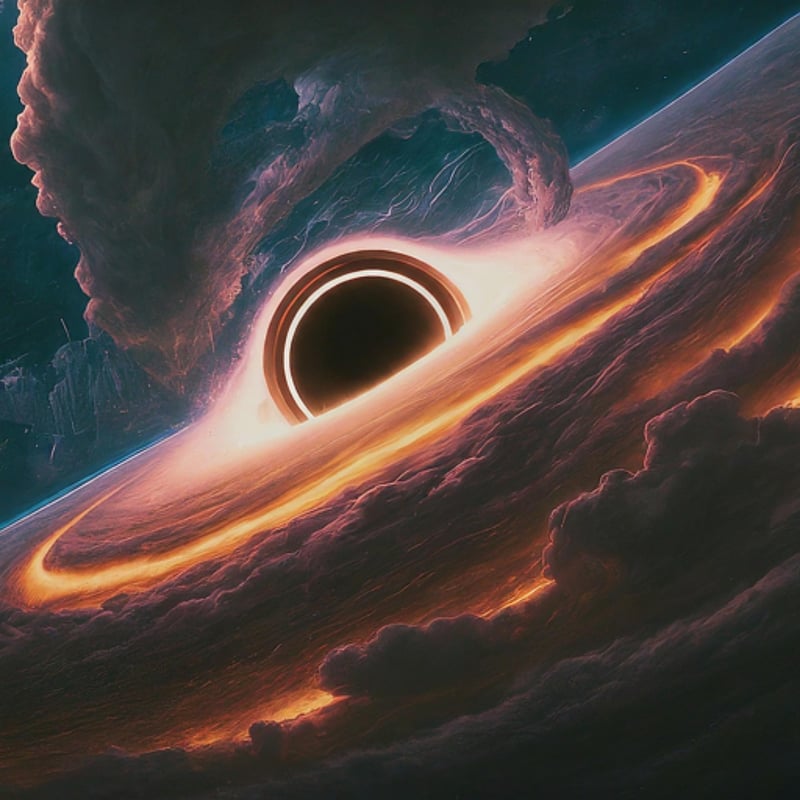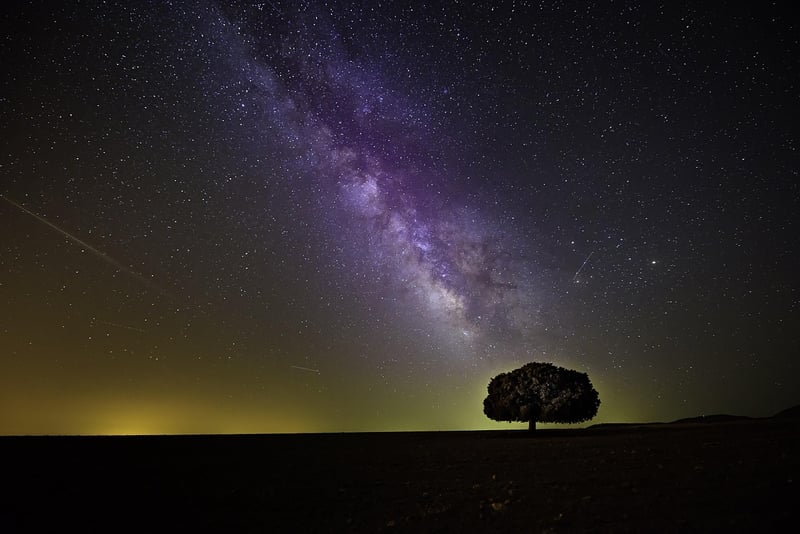Causal Loops
Understanding Time Anomalies and Causal Loops
Time anomalies and causal loops are fascinating concepts that have intrigued scientists, philosophers, and science fiction enthusiasts for decades. Let's delve into these intriguing phenomena and explore how they challenge our understanding of time and causality.
Time Anomalies
Time anomalies refer to disruptions or irregularities in the normal flow of time. These anomalies can manifest in various ways, such as time dilation, time loops, or time travel paradoxes. One of the most well-known examples of a time anomaly is the famous grandfather paradox, where a time traveler goes back in time and prevents their grandfather from meeting their grandmother, thus preventing their own birth.
Types of Time Anomalies:
- Time Dilation: The stretching or shrinking of time relative to an observer's perspective, as described by Einstein's theory of relativity.
- Time Loops: Events that repeat themselves in a cyclical manner, creating a loop in time.
- Time Travel Paradoxes: Situations where the possibility of changing the past leads to logical contradictions.
Causal Loops
Causal loops, also known as closed timelike curves, are scenarios where an event is both the cause and the effect of itself. In a causal loop, an event A causes event B, which in turn causes event C, and event C ultimately causes event A, creating a loop with no clear beginning or end.
One of the most famous examples of a causal loop is the bootstrap paradox, where an object or information exists without being created by any known origin. This paradox raises questions about the nature of causality and the possibility of information existing without a source.
Implications of Causal Loops:
- Philosophical conundrums about free will and determinism.
- Challenges to the traditional concept of cause and effect.
- Potential for infinite regressions and logical inconsistencies.
In conclusion, time anomalies and causal loops offer thought-provoking insights into the nature of time, causality, and the limitations of human understanding. While these concepts may seem like science fiction, they push the boundaries of our knowledge and inspire us to contemplate the mysteries of the universe.


